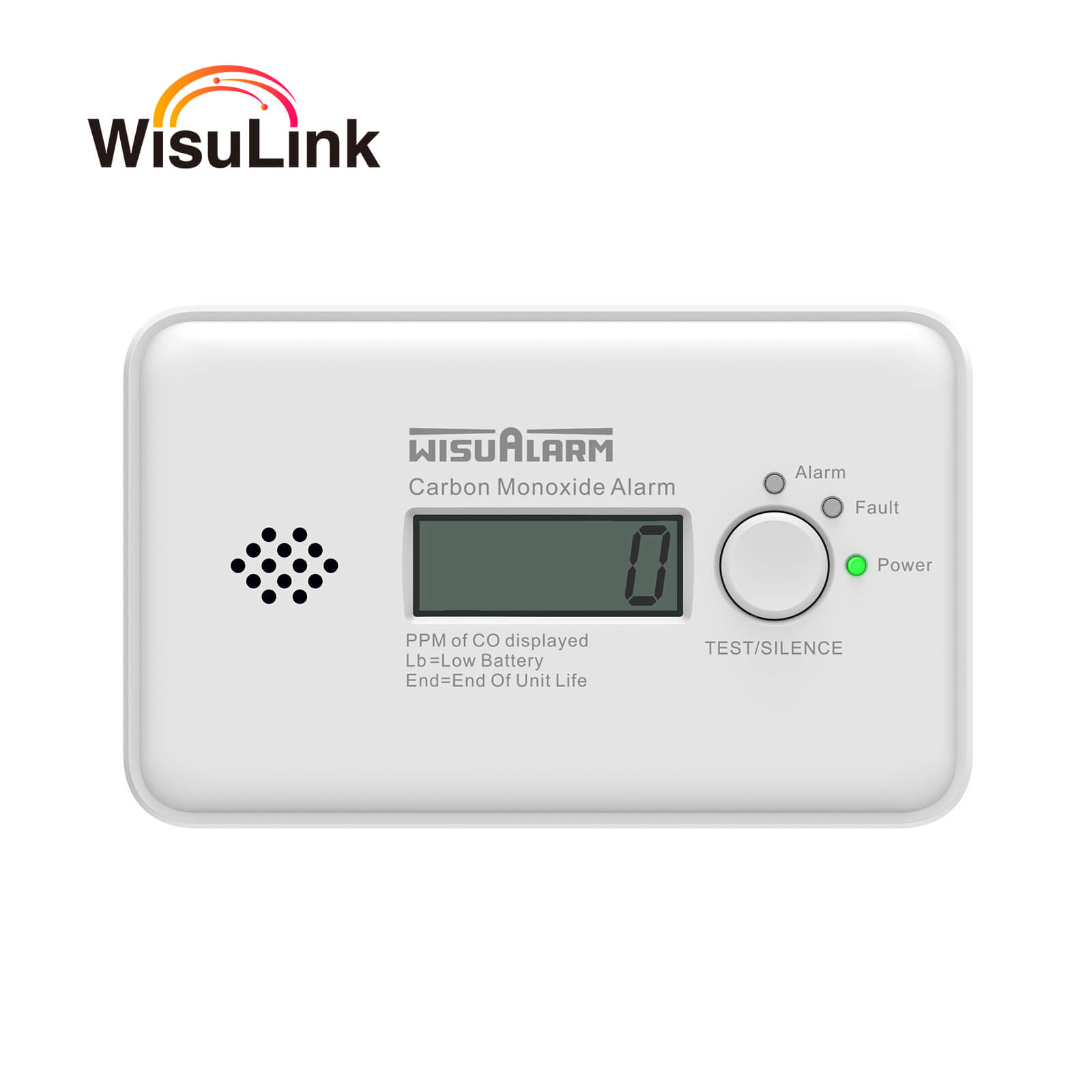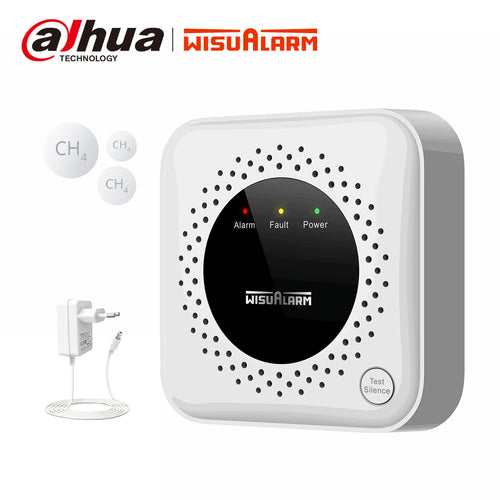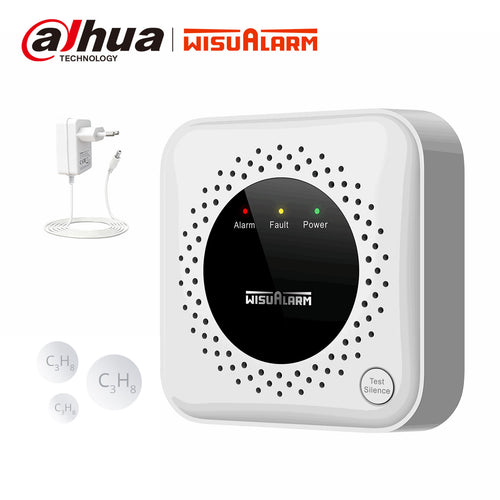Według statystyk Włoskiej Komisji Gazowej (CIG) w 2023 r. we Włoszech doszło do 136 wypadków związanych z metanem, w wyniku których zginęło 7 osób; ponadto doszło do 98 wypadków z udziałem gazu płynnego, w wyniku których zginęło 8 osób. Sytuacja związana z tlenkiem węgla jest jeszcze poważniejsza.
W Dzienniku Urzędowym opublikowano „Ustawę z dnia 15 grudnia 2023 r.” Nowe przepisy stanowią, że domy i apartamenty wynajmowane w celach turystycznych są zobowiązane do zainstalowania czujników tlenku węgla, gazów palnych i gaśnic.
Krótkoterminowy wynajem wymieniony w przepisach odnosi się głównie do domów wakacyjnych, kwater prywatnych, gospodarzy Airbnb i obiektów noclegowych dla turystów (w tym hoteli i obiektów niebędących hotelami) do wynajęcia lub krótkoterminowego wynajmu (krótszego niż 30 dni).
Oprócz zainstalowania czujników właściciele domów, którzy spełniają powyższe warunki, muszą również ubiegać się o nowy krajowy kod identyfikacyjny CIN.
Okres składania wniosków:
- CIN będzie obowiązywać od 1 września 2024 r.
- Dla nowych rejestracji: 60 dni od daty opublikowania powiadomienia w Dzienniku Urzędowym na złożenie wniosku o CIN
- Właściciele domów, którzy już mają CIR (Regionalny Kod Identyfikacyjny), będą musieli czekać 120 dni na konwersję na CIN
Jak złożyć wniosek:
Złóż wniosek za pośrednictwem platformy BDSR (Accommodation Facilities Database) pod adresem https://bdsr.ministeroturismo.gov.it/. Przed złożeniem wniosku należy przygotować następujące informacje:
- Zaloguj się za pomocą SPID lub CIE
- Podaj dane katastralne nieruchomości
- Zarejestruj zgodność z wymogami bezpieczeństwa
- Oczekuj na weryfikację i przypisanie kodu
Sankcje:
- Jeśli brakuje CIN, grzywna w wysokości 800-8000 euro
- Jeśli nie wyświetla się CIN, grzywna w wysokości 500-5000 euro
- Jeśli brakuje sprzętu wymaganego do zapewnienia bezpieczeństwa: grzywna w wysokości 600-6000 euro
- Jeśli nie ma SCIA (Segnalazione Certificata di Inizio Attività) dla działalności gospodarczej: grzywna w wysokości 2000-10000 euro. (Kliknij, aby zobaczyć, jak uzyskać SCIA)
Wymagania dotyczące czujnika czadu
Miejsce instalacji - Musi być umieszczony we wszystkich środowiskach, w których znajduje się system paliwowy, takich jak kuchnie, łazienki lub kotłownie. Aby zapewnić prawidłowy pomiar, maksymalna odległość między czujnikiem tlenku węgla a jakimkolwiek urządzeniem, które może uwalniać gaz lub CO, wynosi 15 metrów (zalecane, 2024.03). 1 do 3 metrów od płonących urządzeń, takich jak kuchenki lub kotły. Jeśli jest umieszczony na ścianie, musi znajdować się 15 cm od sufitu.

Wymagania dotyczące czujników gazu
Instalacja - W przypadku detektorów gazu należy unikać typów zasilanych bateriami, ponieważ czujnik katalityczny musi być cały czas gorący, aby reagować na gaz, który może być obecny. Zalecamy typ gniazdowy. Detektory metanu i gazu LPG mają nieco inne wymagania instalacyjne. Detektory gazu metanu muszą być instalowane nie dalej niż 30 cm od sufitu. Detektory gazu LPG muszą być instalowane maksymalnie 30 cm od podłogi. Oba muszą znajdować się w odległości od 1 do 4 metrów od urządzeń spalających gaz (antincendionatalini, n.d.).

Podczas instalowania czujników czadu i czujników gazu nie zapomnij o ich regularnej konserwacji, aby zapewnić dokładne wykrywanie. Jako właściciel, jeśli nie chcesz tracić klientów i zostać ukaranym grzywną, zainstaluj czujniki tlenku węgla i czujniki gazu w swoim domu tak szybko, jak to możliwe. Jeśli masz jakiekolwiek pytania techniczne i dotyczące instalacji, możesz się z nami skontaktować, a my Ci pomożemy.
Odniesienie:
[1] antincendionatalini (n.d.). https://www.antincendionatalini.com/obbligo-rilevatori-gas-combustibili-e-monossido-affitti-brevi/
[2] Recomindustriale (2024,.03). https://www.recomindustriale.com/affitti-brevi-obbligo-di-rilevatori-di-monossido-di-carbonio-e-gas/

































































